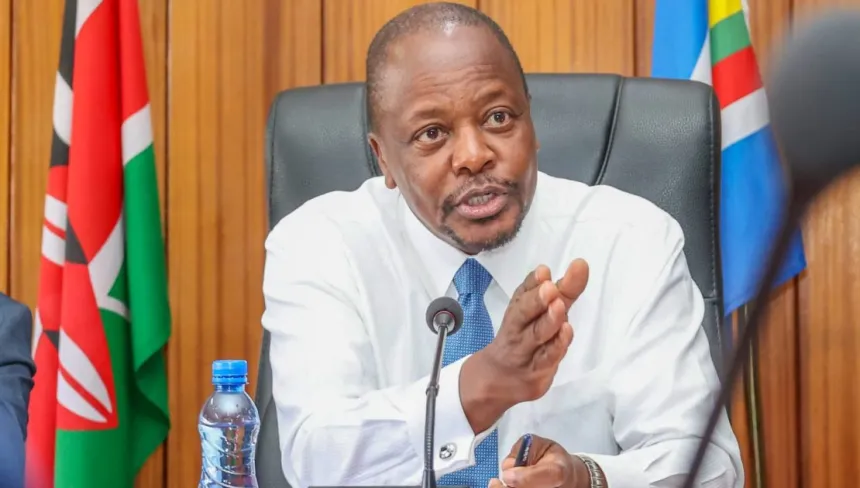Kenya’s Ministry of Agriculture and Livestock Development has unveiled a climate-smart insurance initiative targeting 250,000 smallholder farmers across 11 counties. The program integrates agricultural insurance into the National Fertiliser Subsidy Program to cushion farmers from climate-induced shocks such as droughts, erratic rainfall, pests, and diseases.
The initiative, launched in collaboration with Pula Advisors, Bayer Foundation, Lemonade Foundation, SOMPO Digital Lab, and Etherisc, is the first of its kind in Kenya and the broader region. It will be piloted in counties including Makueni, Machakos, Kisii, Migori, Meru, Nyeri, Trans-Nzoia, Kakamega, Kericho, Nakuru, and Uasin Gishu, with plans to expand nationally by next year.
Farmers registered on the Kenya Integrated Agriculture Management Information System (KIAMIS) will be automatically enrolled when collecting subsidised fertiliser. Each participant will receive coverage valued at KSh 7,000 the equivalent cost of two bags of fertiliser—enabling them to recover losses should their harvests fall below set thresholds due to adverse conditions.
“This partnership is about creating meaningful access to resilience,” said Mildred Nadah Pita of Bayer Foundation, emphasizing the initiative’s goal of empowering underserved farmers, particularly women and youth.
Thomas Njeru, CEO of Pula Advisors, described the program as transformative: “We are delivering dignity, resilience, and predictability to the farmers who feed our nation.”
The program leverages cutting-edge technology, including Pula’s Insurance Engine and Mavuno, an AI-powered farmer registration tool. Using satellite imagery, weather data, and on-ground reports, the system monitors threats and triggers timely payouts via mobile wallets—either in cash or farm inputs.
With agriculture contributing 33% to Kenya’s GDP and supporting over 70% of the rural population, the initiative marks a strategic shift in public policy by embedding insurance into essential agricultural support. It aims to stabilize rural incomes, unlock access to credit, and demonstrate the effectiveness of public-private partnerships in enabling scalable climate adaptation.

